Forums
- Forums
- Duggy's Reference Hangar
- USAAF / USN Library
- Grumman G-44 Widgeon
Grumman G-44 Widgeon
Post a reply
- Go to Previous topic
- Go to Next topic
- Go to Welcome
- Go to Introduce Yourself
- Go to General Discussion
- Go to Screenshots, Images and Videos
- Go to Off topic
- Go to Works in Progress
- Go to Skinning Tips / Tutorials
- Go to Skin Requests
- Go to IJAAF Library
- Go to Luftwaffe Library
- Go to RAF Library
- Go to USAAF / USN Library
- Go to Misc Library
- Go to The Ops Room
- Go to Made in Germany
- Go to Campaigns and Missions
- Go to Works in Progress
- Go to Juri's Air-Raid Shelter
- Go to Campaigns and Missions
- Go to Works in Progress
- Go to Skinpacks
- Go to External Projects Discussion
- Go to Books & Resources
-
9 years agoSun Jun 05 2016, 01:03pm
 Main AdminThe Grumman G-44 Widgeon is a small, five-person, twin-engine amphibious aircraft. It was designated J4F by the United States Navy and Coast Guard and OA-14 by the United States Army Air Corps and United States Army Air Forces.
Main AdminThe Grumman G-44 Widgeon is a small, five-person, twin-engine amphibious aircraft. It was designated J4F by the United States Navy and Coast Guard and OA-14 by the United States Army Air Corps and United States Army Air Forces.
Design and development
The Widgeon was originally designed for the civil market. It is smaller but otherwise similar to Grumman's earlier G-21 Goose, and was produced from 1941 to 1955. The aircraft was used during World War II as a small patrol and utility machine by the United States Navy, US Coast Guard and by the Royal Navy's Fleet Air Arm.
The first prototype flew in 1940, and the first production aircraft went to the United States Navy as an anti-submarine aircraft. In total, 276 were built by Grumman, including 176 for the military. During World War II, they served with the US Navy, Coast Guard, Civil Air Patrol and Army Air Force, as well as with the British Royal Navy, who gave it the service name Gosling.
Operational history
On August 1, 1942, a J4F-1 flown by US Coast Guard Patrol Squadron 212 based out of Houma, Louisiana and flown by Chief Aviation Pilot Henry White spotted and attacked a German U-boat off the coast of Louisiana. White reported the submarine sunk, and he was subsequently credited with sinking U-166 and awarded the Distinguished Flying Cross.
However, the wreck of U-166 was found sitting near the wreck of SS Robert E. Lee in June 2001 by an oil exploration team working for BP Amoco and Shell Oil Company. The sinking of U-166 on July 30 (that is two days before the Widgeon flight) is now credited to patrol craft PC-556 escorting the Robert E. Lee.
White's Widgeon is now thought to have made an unsuccessful attack against U-171, a Type IXC U-boat identical to U-166 that reported an air attack coincident with White's attack. U-171 was undamaged by White's attack, but was sunk four months later in the Bay of Biscay.
The Fleet Air Arm received 15 Grumman Widgeon G-44A J4F-2 Widgeon I delivered under Contract No Noa(S) 455 and numbered FP455-FP469. These started to be delivered to the RN for intended communications in the West Indies area. The first FP455 was delivered in October 1943 and most sent to Brunswick between March 1944 till April 1945. 738 squadron at Lewiston started to be equipped in July 1944. Operational squadrons equipped with the Widgeon included 857 squadron from May 1944 at Squantum (eg FP457), and 1835 squadron at Brunswick in January 1945.
Widgeon were based at the USNAS Air Training Centre, Pensacola from August till April 1945 for the Senior British Naval Officer. Most Widgeons were returned to US Navy charge between October and December 1945
One of the final Grumman Widgeons in RN service, was numbered JS996. It was was based at Nassau in 1943, and later used at the Foreign Commission, Miami in February 1946 as the Admirals Barge.
The US Coast Guard purchased 25 Grumman J4F-1 aircraft, a light amphibian utility transport, for search and rescue duty at a cost of for $75,526 each. They were purchased in two batches beginning in 1941 and the initial order consisted of eight aircraft, purchased under contract TCG-33459, with the first aircraft delivered from Grumman on 7 July 1941. These aircraft were given USCG service numbers V197 through V204. The following year the second batch, consisting of 17 aircraft, was acquired under contract TCG-34026. The first J4F from this batch was delivered to the Coast Guard on 25 February 1942 and the final was delivered on 29 June 1942. These aircraft were given the service numbers V205 through V221. Powered by 2 Ranger L-440-2 in-line engines with Sensenich wooden fixed pitch propellers, they performed well on missions of all kinds. Most unusual was the ASW version carrying two depth charges on bomb racks under the wings.
Postwar operations
After the war, Grumman redesigned the aircraft to make it more suitable for civilian operations. A new hull improved its water handling, and six seats were installed. A total of 76 of the new G-44A were built by Grumman, the last being delivered on January 13, 1949. Another 41 were produced under licence by the Societe de Construction Aero-Navale (SCAN) in La Rochelle, France as the SCAN-30. Most of these ended up in the United States.
McKinnon Enterprises at Sandy, Oregon converted over 70 Widgeons to "Super Widgeons." The conversion features replacing the engines with 270 hp (201 kW) Avco Lycoming GO-480-B1D flat-six piston engines, and various other modifications, including modern avionics, three-bladed propellers, larger windows, improved soundproofing, emergency exits, and increased Maximum Takeoff Weight. Retractable wingtip floats are optional.
Specifications (G-44)
Crew: 1
Capacity: 4 passengers (as utility aircraft)
Length: 31 ft 1 in (9.47 m)
Wingspan: 40 ft 0 in (12.19 m)
Height: 11 ft 5 in (3.48 m)
Wing area: 245 sq ft (22.8 m2)
Empty weight: 3,240 lb (1,470 kg)
Gross weight: 4,525 lb (2,053 kg)
Powerplant: 2 ? Ranger L-440-5 air-cooled inverted six-cylinder inline engine, 200 hp (150 kW) each
Performance
Maximum speed: 153 mph (246 km/h; 133 kn)
Cruise speed: 138 mph (120 kn; 222 km/h)
Range: 920 mi (799 nmi; 1,481 km)
Service ceiling: 14,600 ft (4,450 m)
Rate of climb: 700 ft/min (3.6 m/s)
Armament
Bombs: 1 ? 200 lb (90 kg) depth bomb in anti-submarine role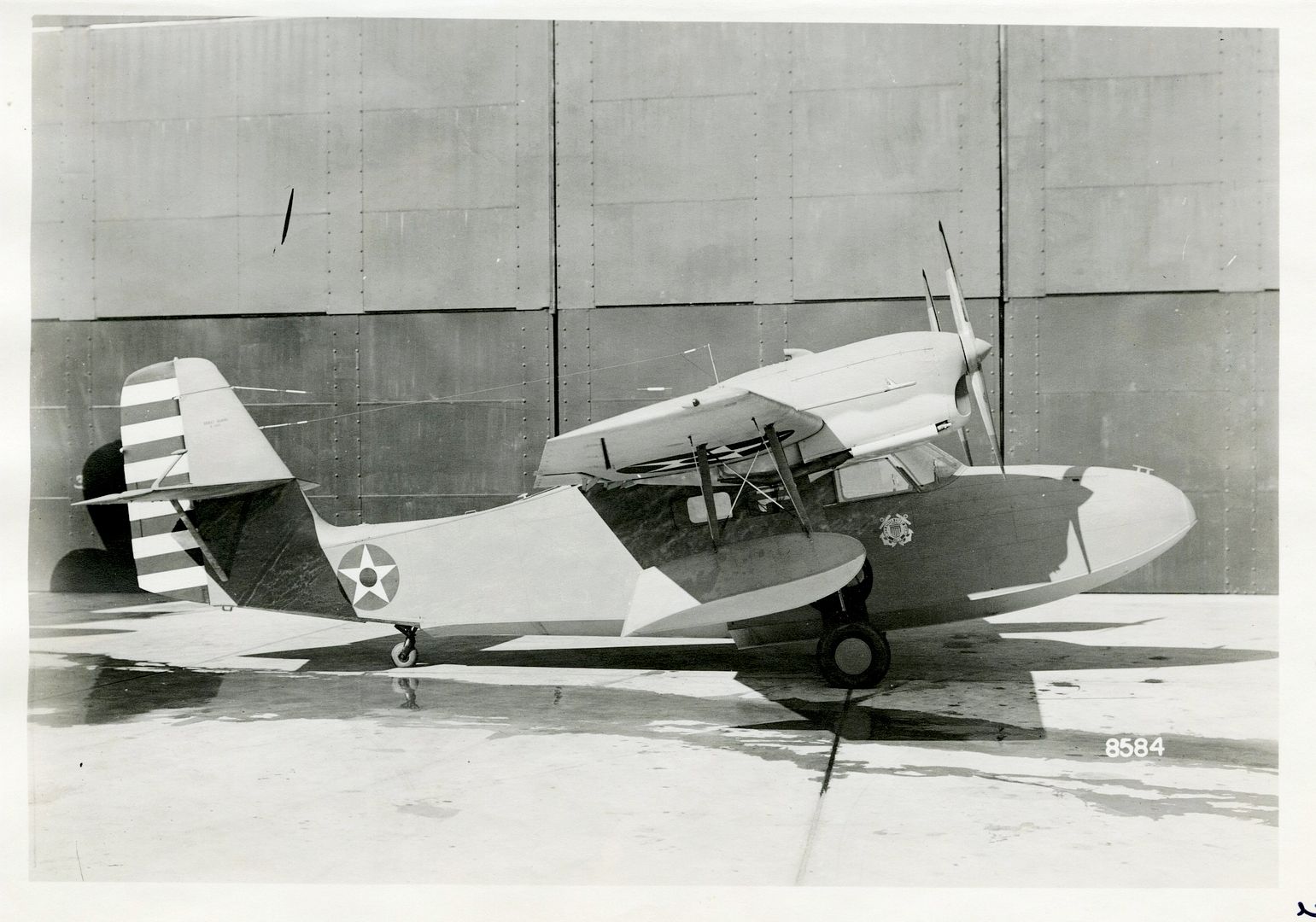
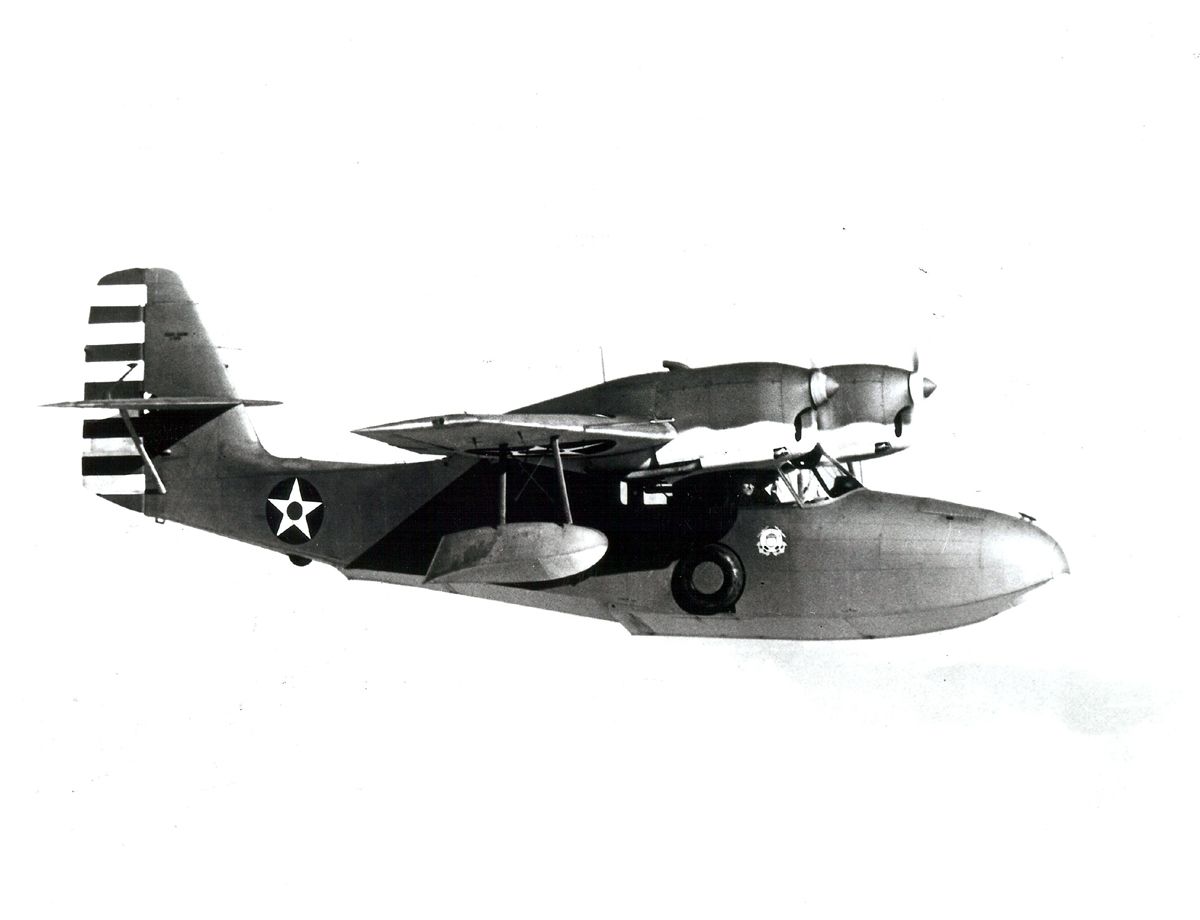
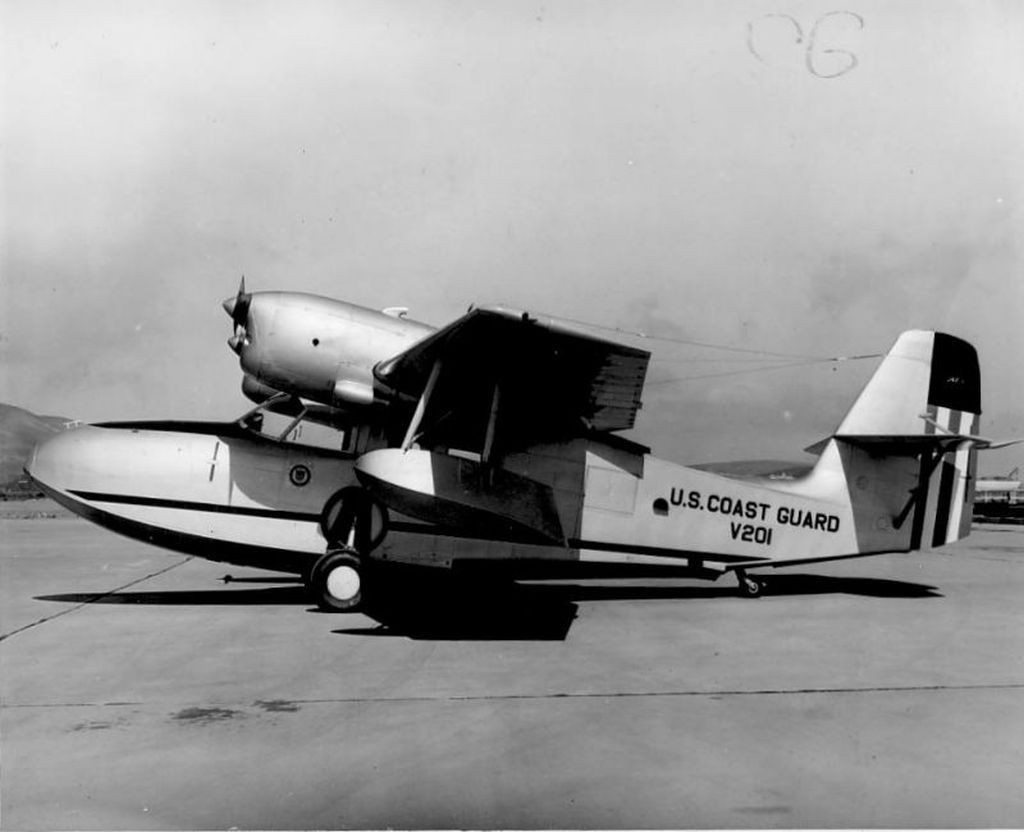
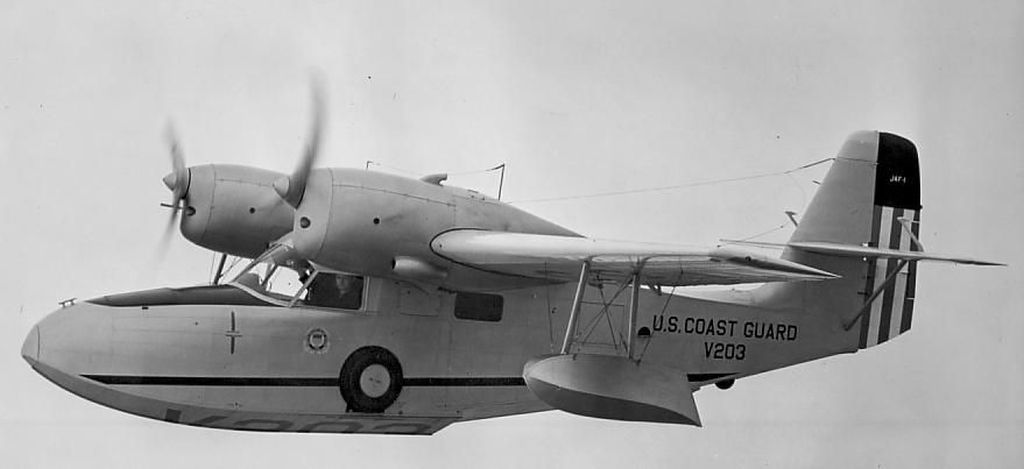


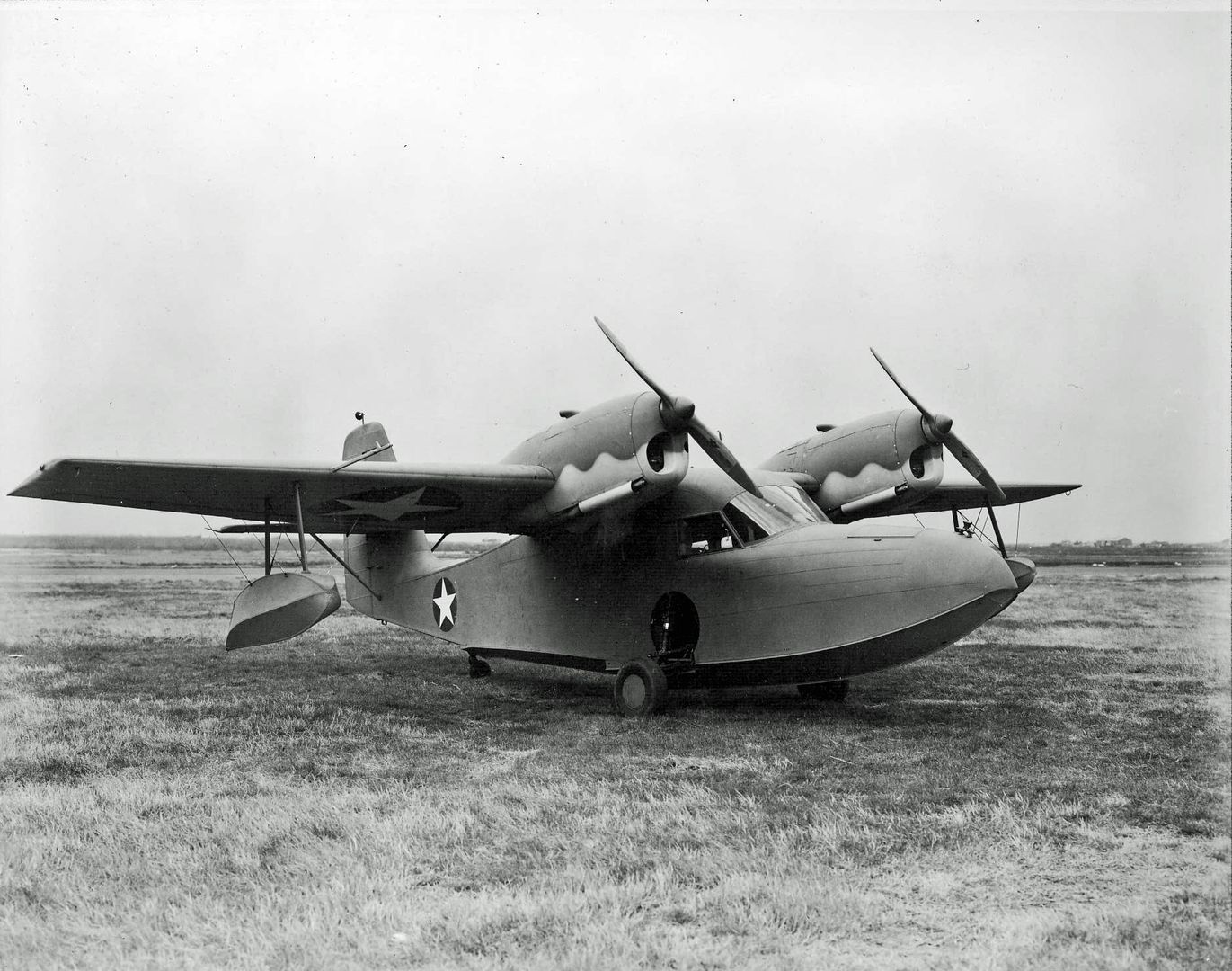

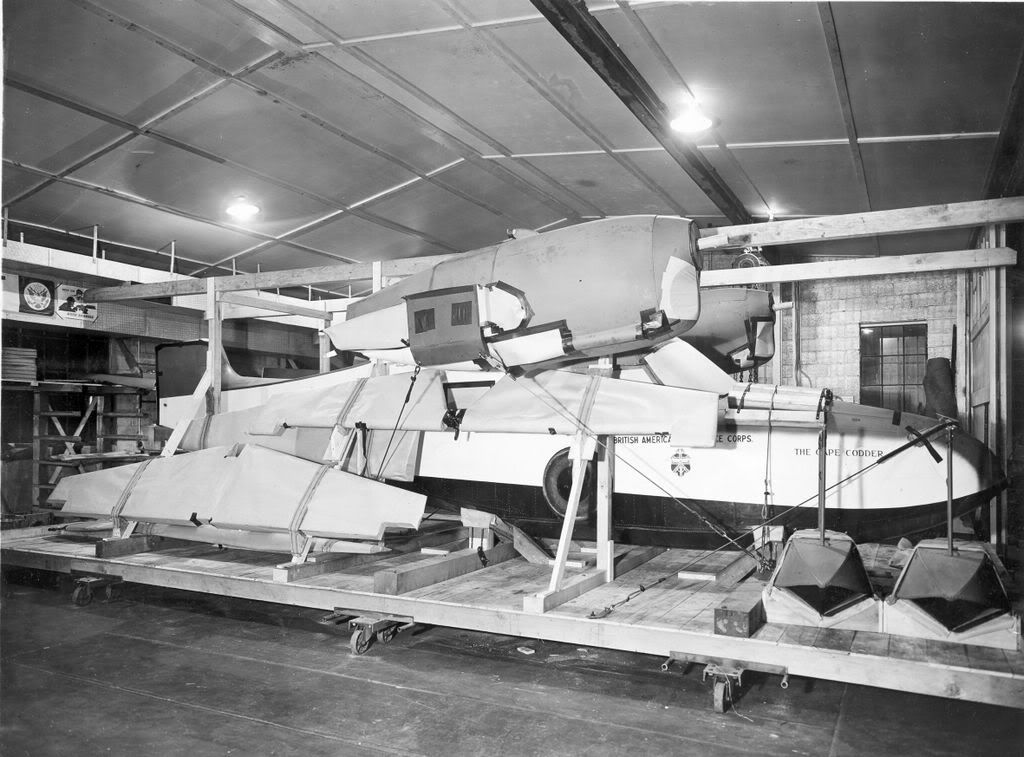
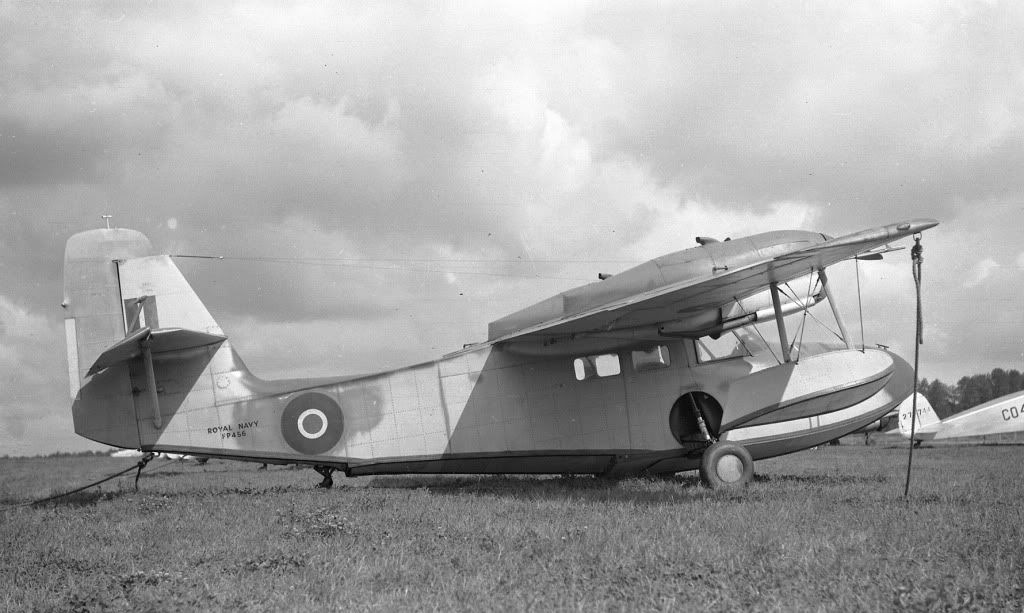

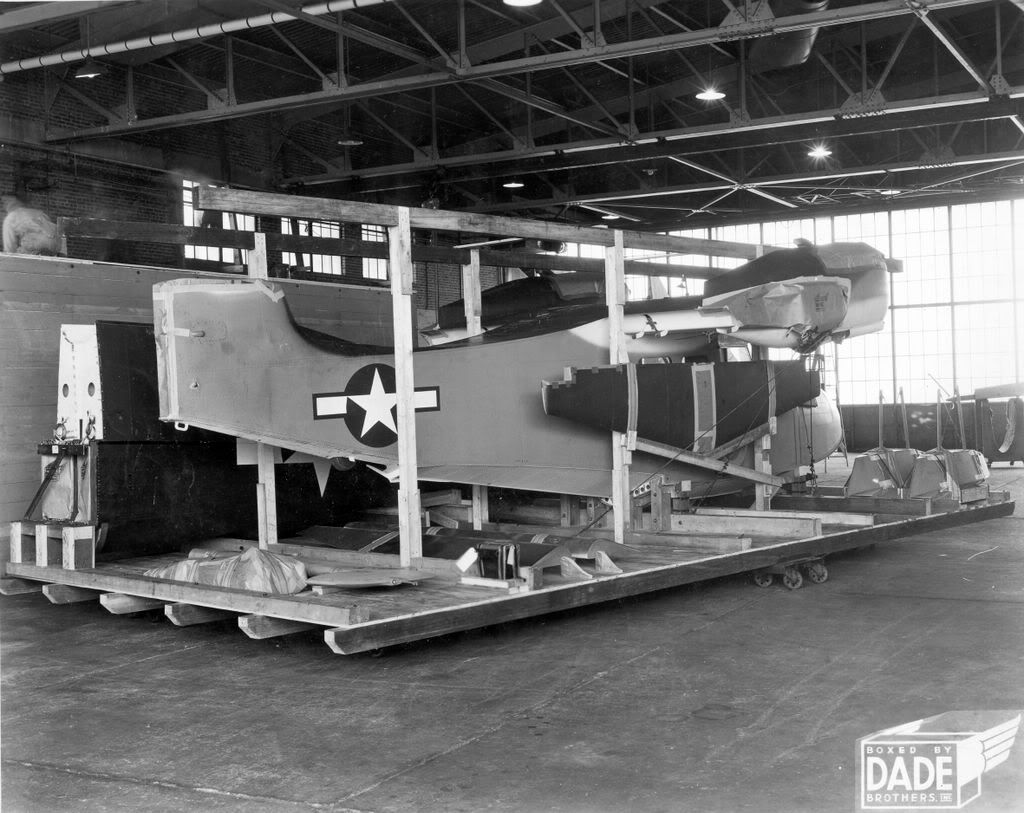
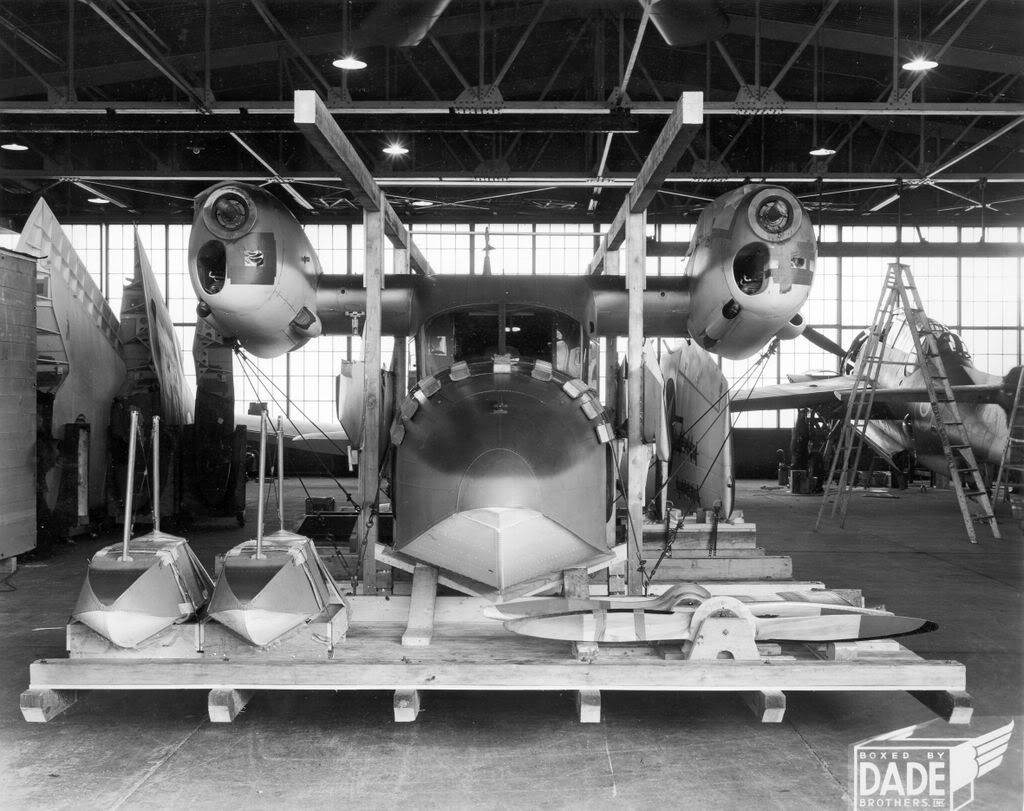
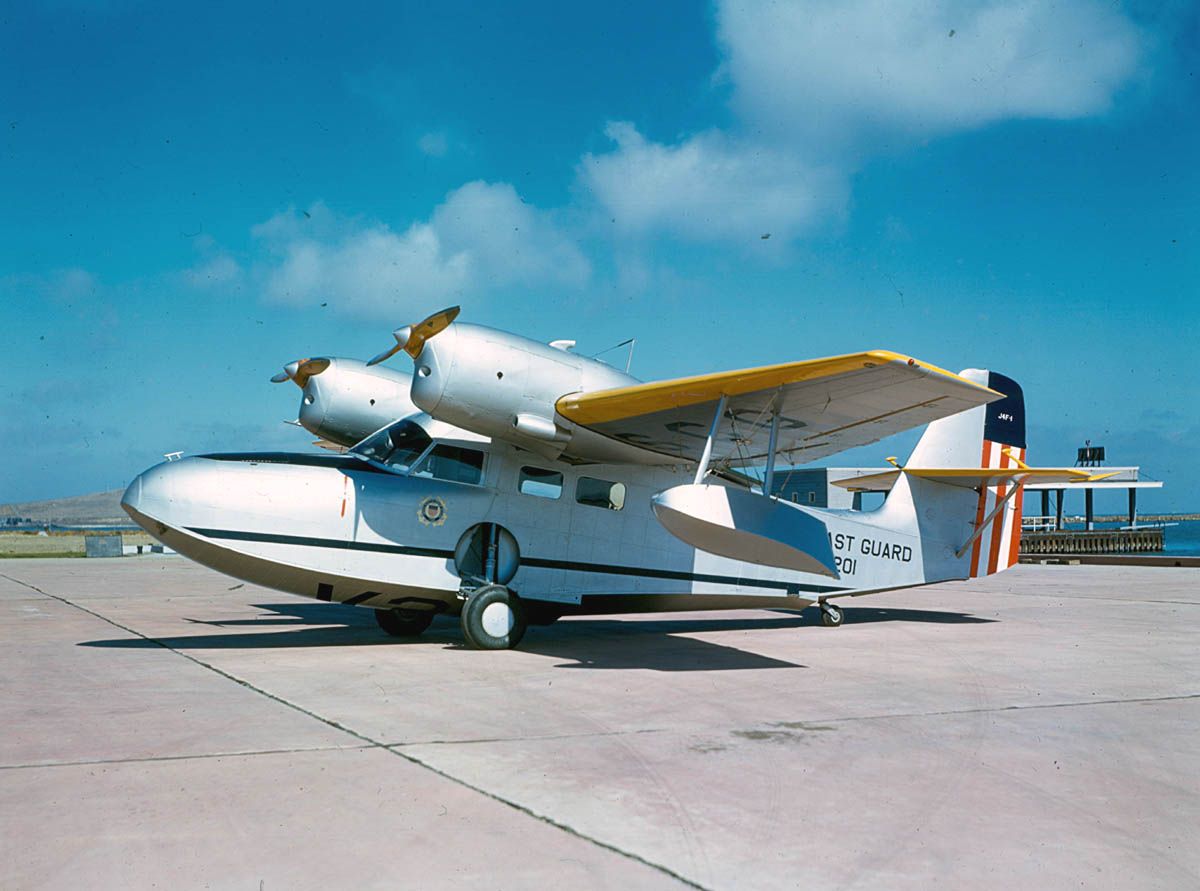
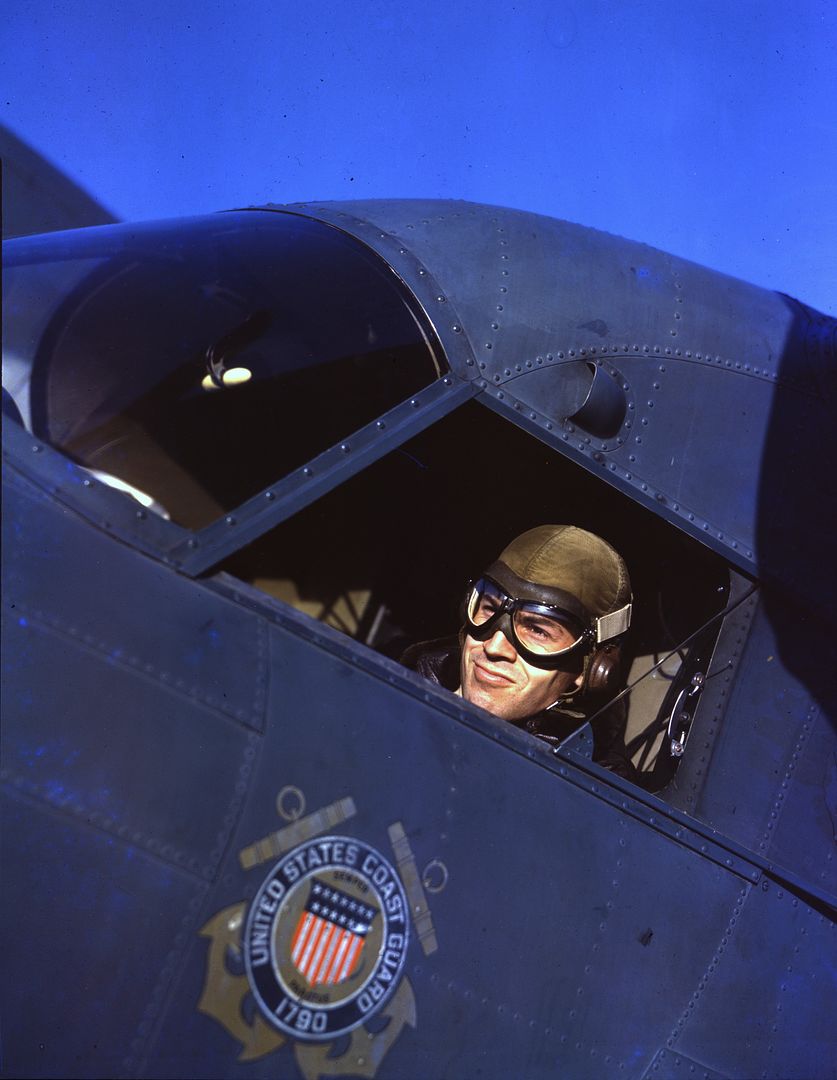
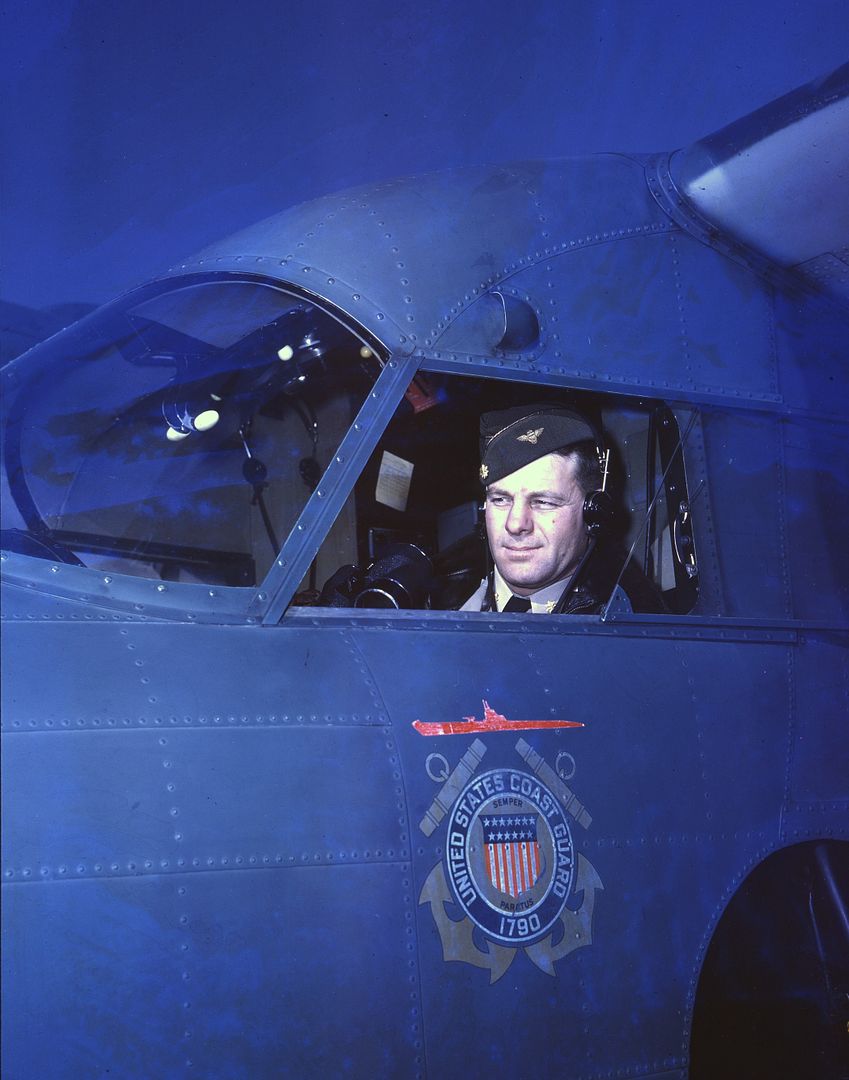
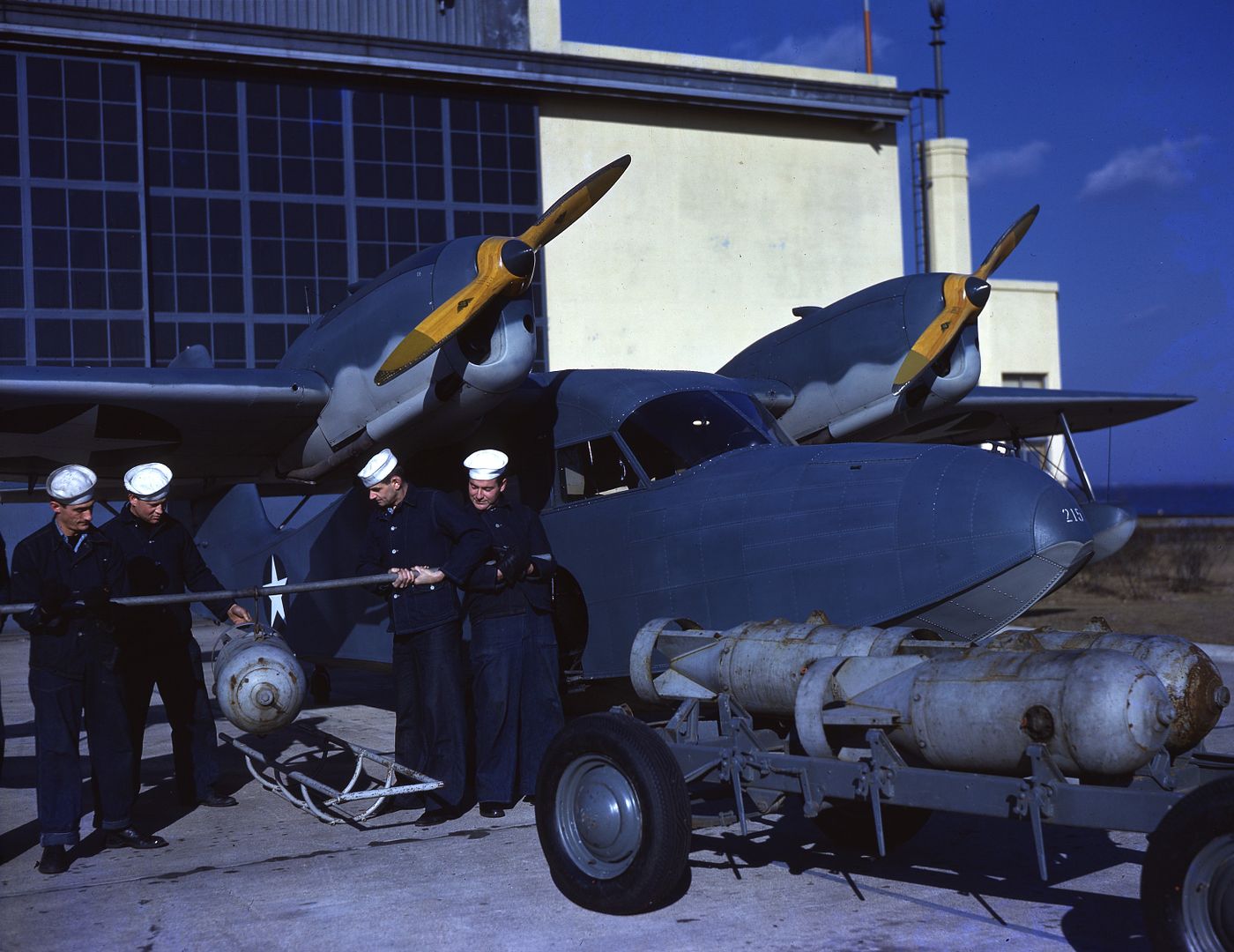
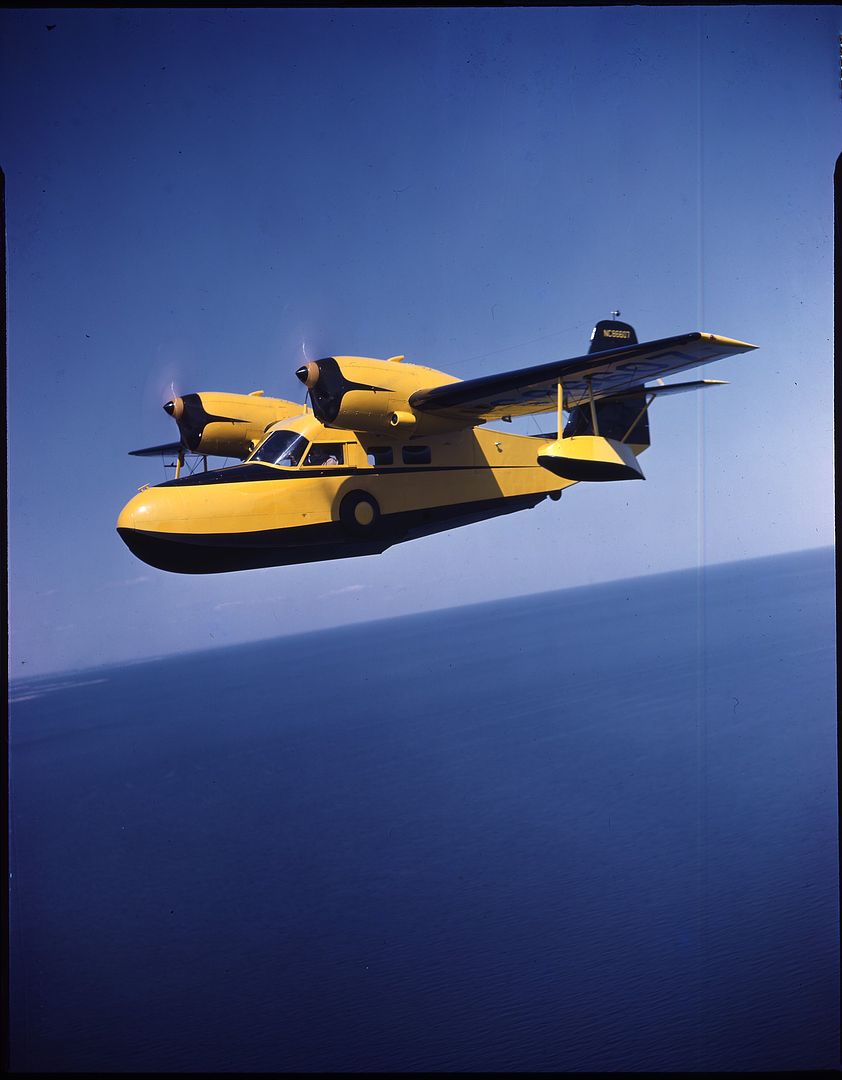
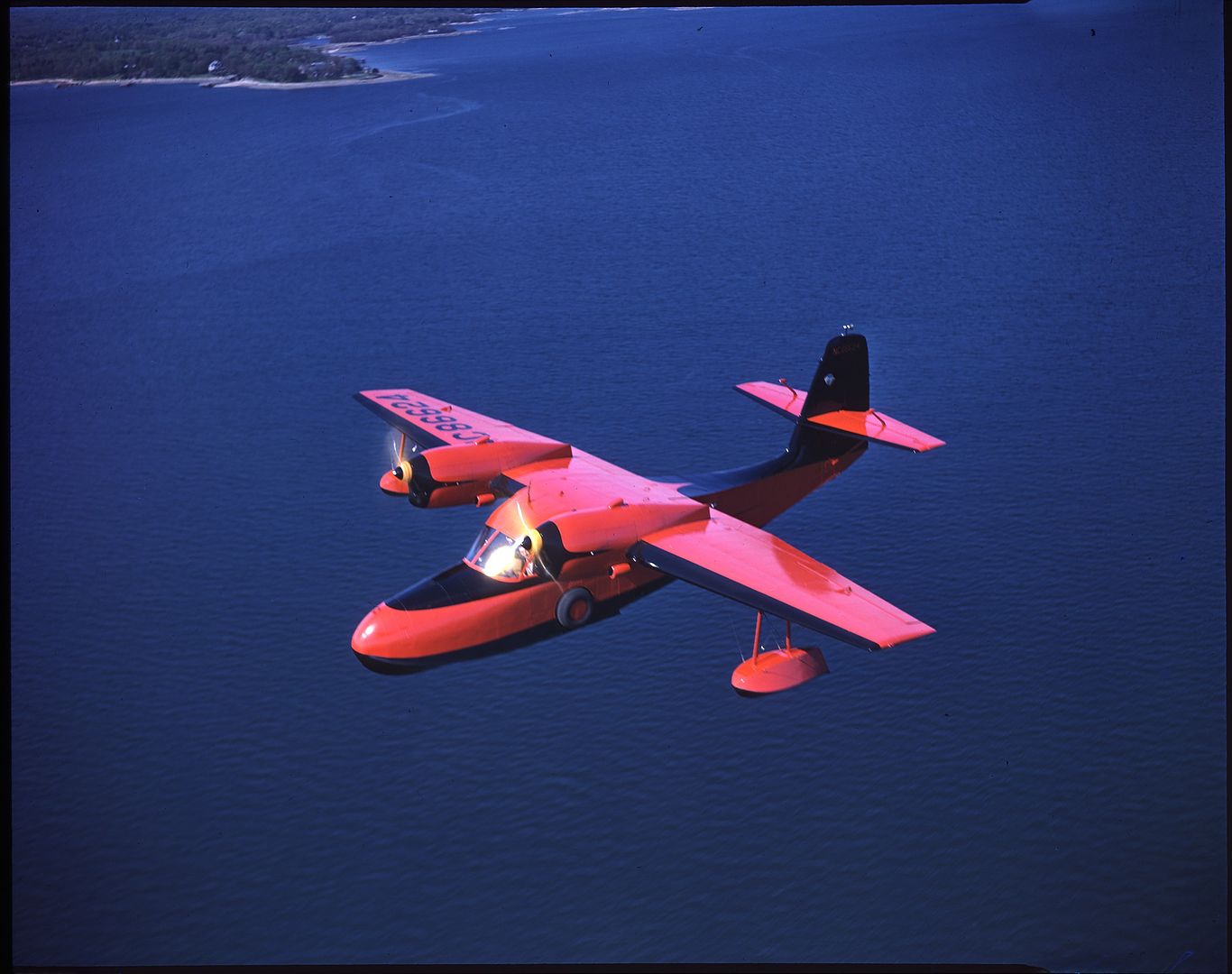
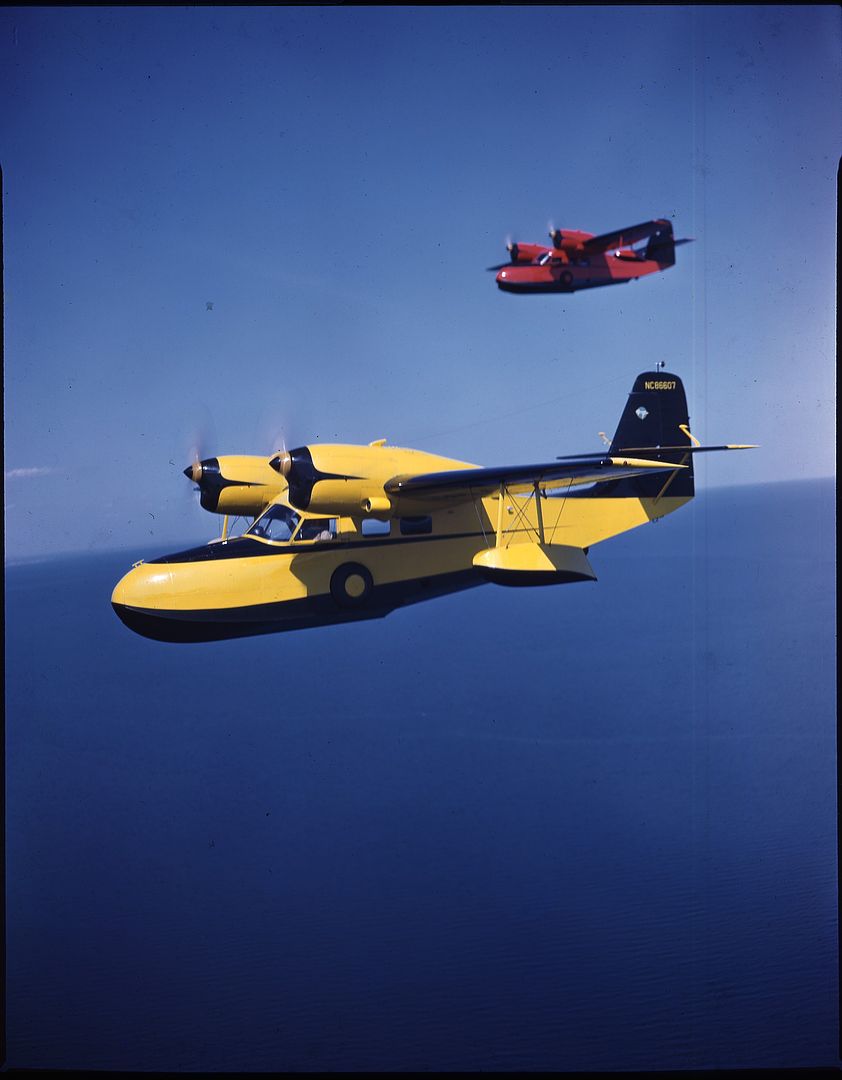
"It feels like a little sports car; you almost wear the airplane."
"It's a nice personal-size airplane."
"It's the only way you can get around Alaska."
"Its a Grumman Iron Works airplane."
- John Schwamm, who has owned four Widgeons.
"If I had to vote for the best-looking amphibian ever built,
the Grumman Widgeon would win hands down."
- Rowan Baylis
Post a reply
- Go to Previous topic
- Go to Next topic
- Go to Welcome
- Go to Introduce Yourself
- Go to General Discussion
- Go to Screenshots, Images and Videos
- Go to Off topic
- Go to Works in Progress
- Go to Skinning Tips / Tutorials
- Go to Skin Requests
- Go to IJAAF Library
- Go to Luftwaffe Library
- Go to RAF Library
- Go to USAAF / USN Library
- Go to Misc Library
- Go to The Ops Room
- Go to Made in Germany
- Go to Campaigns and Missions
- Go to Works in Progress
- Go to Juri's Air-Raid Shelter
- Go to Campaigns and Missions
- Go to Works in Progress
- Go to Skinpacks
- Go to External Projects Discussion
- Go to Books & Resources
